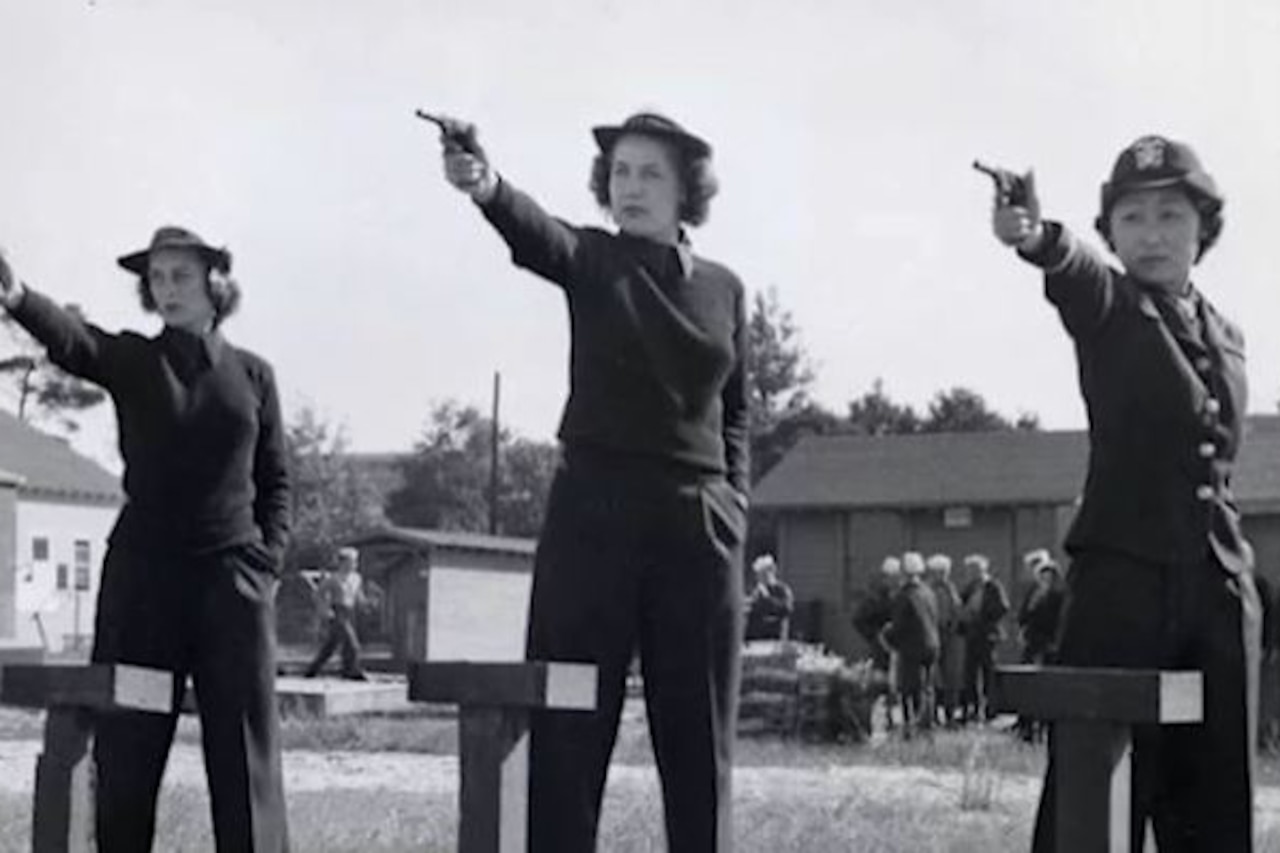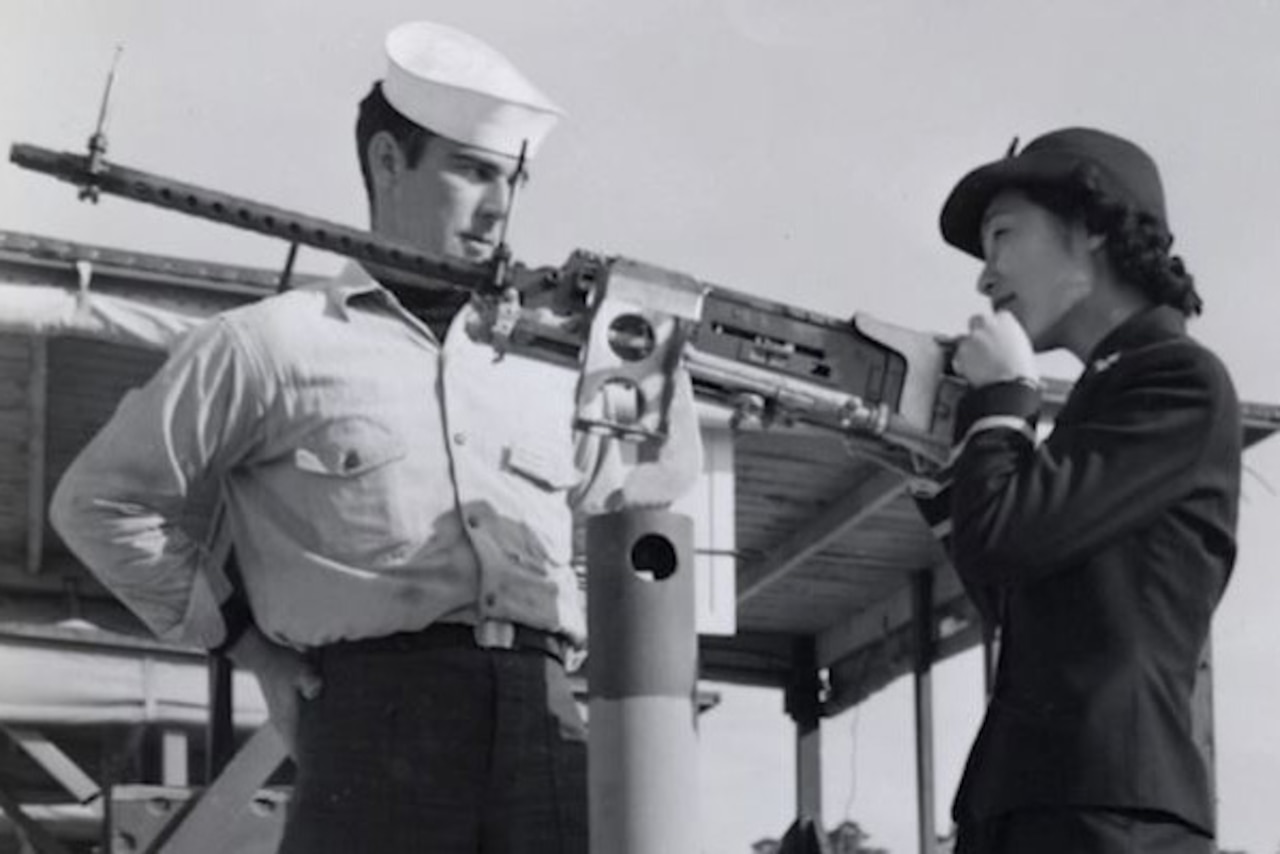
Susan Ahn Cuddy was born in Los Angeles on January 16, 1915 to Dosan Ahn Chang Ho and Helen Ahn. Her parents had moved to the United States from Korea in 1902 as their home country increasingly fell under forced Japanese influence, followed by the eventual Japanese annexation of Korea in 1910. Cuddy's father, Dosan Ahn, was a leader of Korean independence, founding the Korean National Association to aid Korean-Americans and opening the Ahn household as a headquarters for the Young Korean Academy to teach leadership skills to Korean immigrants. He often travelled back to Korea to lead independence movements, but during his last trip in 1926, he was arrested for anti-Japanese activism, and died in 1938 while imprisoned. However, Dosan Ahn's encouragement of thinking freely and embracing independence carved the way for Susan Ahn Cuddy to later break the boundaries for women in the Navy.

Cuddy attended Fremont Avenue Elementary School and Central Junior High School. She transferred from LA City College to San Diego State University in 1940 and graduated with a degree in sociology, making her one of the first Korean-American women to attend university. Around that time, the Japanese bombed Pearl Harbor and the United States became involved in World War II. By June of 1942, the military had opened to women through the Women's Reserve of the U.S. Naval Reserve, or WAVES (Women Accepted for Volunteer Emergency Service). Cuddy tried to enlist, but was initially rejected due to anti-Asian sentiment throughout America. At the time, the U.S. was sending over 127,000 Japanese-Americans to internment camps. However, Cuddy did not give up, and upon her second application, she was finally accepted as an enlisted member.
Cuddy was in the first group of WAVES to complete the five-week training course at a training center in Iowa. Then, she was sent to a flight-simulation training program in Georgia to instruct future naval pilots. After completing an officer training course in Massachusetts in 1943, Cuddy was commissioned as a WAVES officer. Because of her experience as an aerial gunnery instructor, she was then sent to a gunnery school in Pensacola, Florida in November of 1943. She graduated, becoming the first female Navy gunnery officer. In January 1944, Officer Cuddy began training naval aviators in the Atlantic City Naval Air Station on how to fire a .50-caliber machine gun. By the time she had become a lieutenant, Cuddy had begun working alongside codebreakers at the Naval Intelligence Office, despite continued suspicions about her loyalty due to her race.



Japan officially surrendered on September 2, 1945. Cuddy left the Navy in 1946, as the first Asian-American in the WAVES, the first female gunnery officer in the American armed forces, the first Asian-American woman to work in naval intelligence, and the first Asian-American woman to be a codebreaker and section chief in the National Security Agency.

Cuddy married Chief Petty Officer Francis Cuddy, an Irish American code-breaker, despite disapproval from both families, and even the law in some states. Together, they worked for the National Security Agency during the Cold War, with Susan Cuddy as an intelligence analyst and section chief. Susan Cuddy continued to work to promote connection between racially diverse communities all the way until her death on June 24, 2015, at 100 years old.
Although Cuddy's journey exhibits America's history of gender and racially-based prejudice, her legacy highlights the rise of diversity and individuality over time, as well as the triumph over barriers that America celebrates. This duality is at the heart of World War II itself: although the war facilitated an increase of discrimination, it also created the opportunity for trailblazers such as Cuddy to rise in the heat of this adversity.
